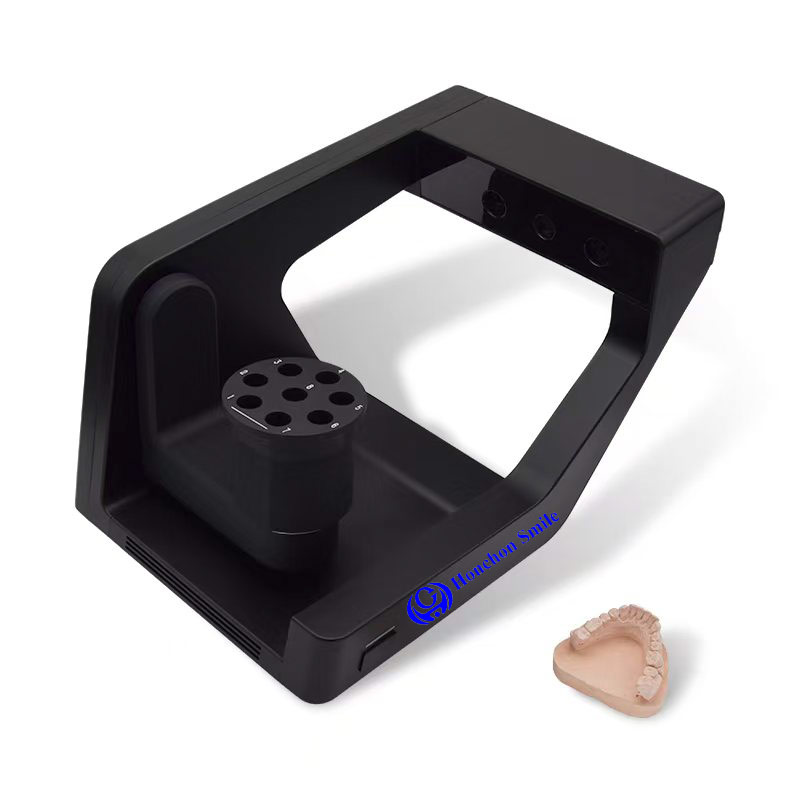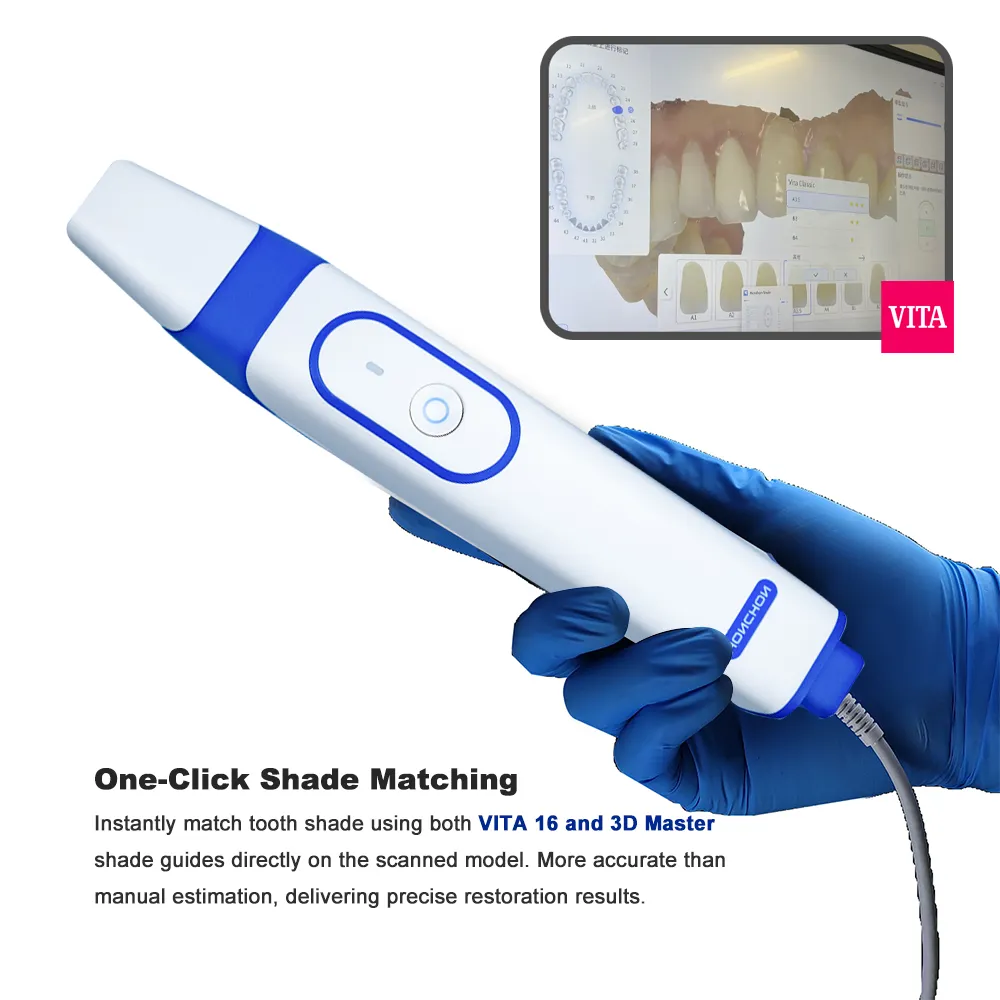In recent years, the advent of digital technologies in dentistry has led to significant improvements in patient care and clinical outcomes. Among these innovations, dental impression scanners stand out for their ability to enhance the precision and comfort of dental procedures. This guide delves into the essential details about dental impression scanners, their working mechanism, key advantages, and their ever-growing role in modern dental practices.

Dental impression scanners are digital devices that capture high-resolution, 3D images of a patient's oral cavity. These advanced scanners are rapidly replacing traditional impression methods, which often involve uncomfortable putty-like materials. By using laser or light technologies, dental impression scanners generate precise, detailed digital impressions that can be used for a variety of procedures, including crowns, bridges, orthodontic aligners, and more.
Unlike traditional impressions, which are prone to errors, digital impressions are much more accurate, significantly reducing the chances of requiring rework or remakes. Dental impression scanners have quickly become a cornerstone of digital dentistry due to their ability to improve both patient experience and clinical outcomes.
Dental impression scanners capture digital impressions using either intraoral or extraoral methods. Each type has its specific features and applications.
Intraoral Scanners:
Purpose: Used directly inside the patient's mouth.
Technology: Intraoral scanners use lasers or structured light to capture images of the teeth and gums.
Advantages: Compact, portable, and ideal for real-time scanning during patient appointments.

Extraoral Scanners:
Purpose: Primarily used to scan physical models or traditional impressions outside the mouth.
Technology: High-resolution cameras and sophisticated software are used to create digital replicas of dental impressions.
Advantages: Best suited for creating digital models from conventional impressions, commonly used in dental labs.
To understand how dental impression scanners achieve their remarkable precision, let’s break down the key components that make up these devices:
Light Source: A laser or structured light is projected onto the teeth and gums, which is then reflected back to the scanner.
Sensors: These capture the reflected light and convert it into digital data, ensuring accuracy and detail in the final image.
Software: The captured data is processed by advanced software, which generates a 3D digital model of the oral cavity.
Display: Many intraoral scanners come with built-in display screens, allowing dentists to monitor the progress of the scan in real-time.
The process of capturing a digital dental impression is straightforward, efficient, and patient-friendly. Here's a brief overview of the steps involved:
Preparation: The dentist prepares the patient's mouth by cleaning and drying the teeth to ensure clear imaging.
Scanning: The intraoral scanner is used to move over the teeth and gums, capturing detailed images from various angles.
Data Processing: The captured images are processed by the scanner’s software to generate a 3D digital model.
Verification: The dentist verifies the model on the screen, making adjustments or rescanning areas if needed.
Finalization: Once the scan is complete, the digital model is reviewed for accuracy and can be used for various dental applications.
Enhanced Detail: Digital scanners provide superior accuracy, capturing every intricate detail of the oral cavity.
Fewer Errors: Traditional impressions can be prone to distortions, but digital scans eliminate such issues, ensuring a precise fit for dental restorations.
Non-invasive: Unlike traditional methods that involve the discomfort of impression trays, intraoral scanners are less invasive and more comfortable.
Faster Process: Digital impressions are quicker to take, significantly reducing patient chair time.
Speedy Results: The scanning process is faster than traditional methods, allowing for faster processing and quicker turnaround times.
Instant Data Availability: Dentists can access digital impressions immediately after scanning, eliminating the need to wait for physical models to harden.
Seamless Data Sharing: Digital impressions can be transmitted electronically to dental labs, ensuring accurate, timely, and effective communication.
Real-time Adjustments: With digital models, labs and dental offices can collaborate remotely and make adjustments in real-time, reducing errors and improving the final outcome.
Clean Process: Digital scanning eliminates the need for impression materials that can be prone to contamination, leading to a more hygienic procedure.
Disposable Sleeves: Many intraoral scanners are equipped with disposable sleeves to prevent cross-contamination between patients.
Dental impression scanners have widespread applications across different dental specialties, including:
Orthodontics: For creating precise impressions used in designing aligners, retainers, and braces.
Prosthodontics: Ideal for creating crowns, bridges, dentures, and other restorative devices.
Implantology: Used in the planning and placement of dental implants by providing detailed 3D models.
Cosmetic Dentistry: Perfect for designing veneers and other aesthetic treatments.
Despite their many advantages, dental impression scanners do present a few challenges:
High Initial Cost: The upfront investment for a digital scanner can be significant, especially for smaller dental practices.
Learning Curve: Dentists may need additional training to fully utilize the technology and integrate it into their practices.
Software Compatibility: Ensuring that the scanner’s software integrates seamlessly with existing office systems and workflows can sometimes be a hurdle.
Dental impression scanners are a game-changer in modern dentistry, offering unparalleled accuracy, efficiency, and patient comfort. As dental practices increasingly adopt these tools, they can expect faster, more precise restorations, streamlined workflows, and enhanced communication with dental labs. Although there are initial challenges to consider, the long-term benefits far outweigh the drawbacks. By understanding the inner workings of dental impression scanners and their advantages, dental professionals can stay at the forefront of digital dentistry and provide superior care to their patients.